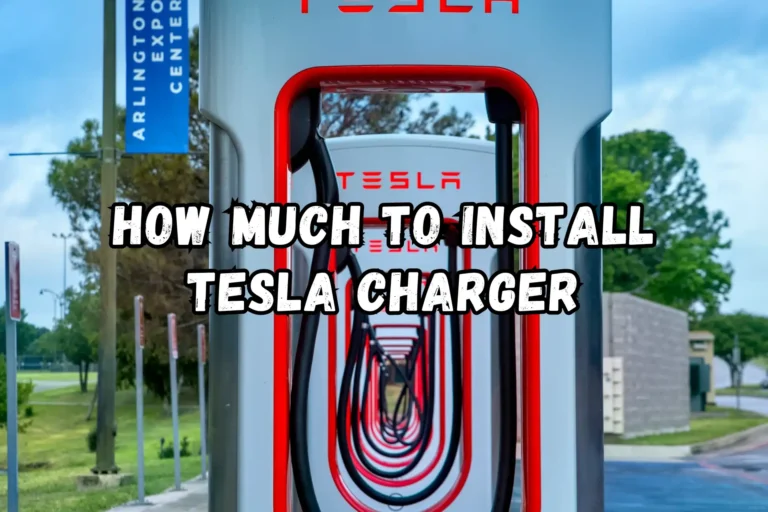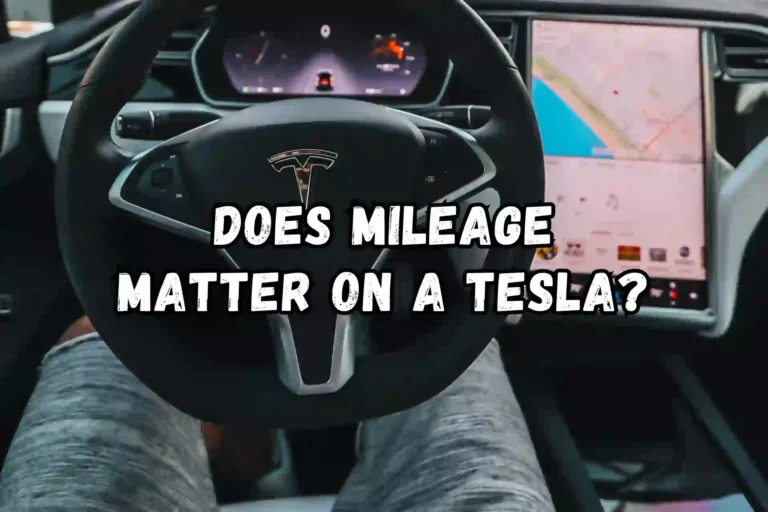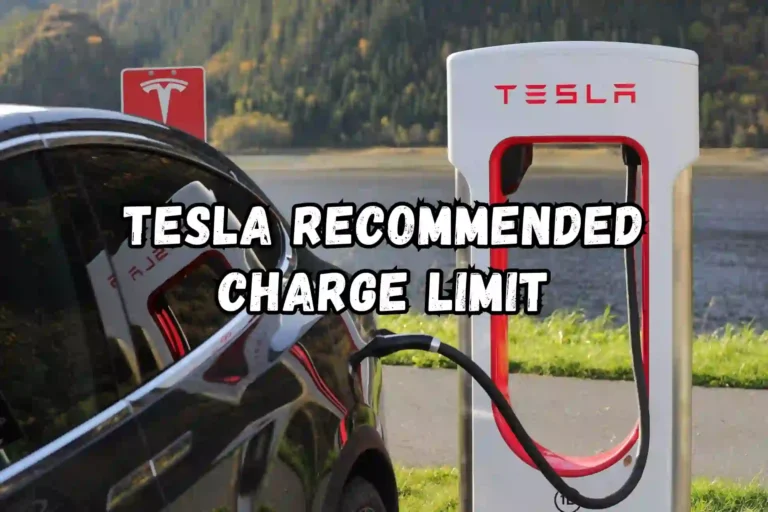This question may linger in the minds of new Tesla drivers. This may even be a deciding factor for interested buyers. Back in the early 2000s, if you had told me rain would be a factor in buying a car, I would’ve laughed. This is a pretty serious dilemma since electric cars have an electric motor instead of an internal combustion engine.
Electricity and water don’t mix well, as we all know. During extreme weather conditions, Tesla owners are likely to have safety concerns about the charging process due to the fact that water is a good conductor.
So, can you charge a Tesla in the rain?
Tesla owners can charge their cars in the rain most of the time.
Tesla cars have safety features designed to prevent electric shock, and the Supercharger and Wall Connector are weatherproof. During inclement weather, the Tesla Corded Mobile Connector is not suitable for outdoor charging.
All you need to know when charging your Tesla in the rain
Tesla vehicles have charging components that have several layers of safety features to prevent electrical current from flowing until the charger and port are perfectly aligned. To prevent mishaps like electric shock during charging, Teslas are programmed to detect possible system problems and prevent them from starting. After the vehicle and charger communicate and a secure connection is made, the current will flow.
The sudden increase in electric current can damage your Tesla vehicle when charging during a thunderstorm with lightning strikes. Charging your car in the rain is fine, but you should avoid charging it during a thunderstorm with lightning strikes.
Are Tesla chargers waterproof?

We’ve already discussed this briefly. Except for the mobile connector, Tesla chargers are built to work outdoors in any weather condition. If it gets wet, the charger won’t charge your car due to built-in safety features. The port should be plugged in or hung downward if your garage doesn’t have a cover to prevent water from getting in.
To be safe, keep these chargers away from rain, snow, and inclement weather despite their waterproof nature.
What Tesla chargers are waterproof?
Outdoor use is possible thanks to the high-quality materials used in Tesla chargers. You don’t have to worry about getting your charger cord wet since it is well-insulated.
Your Tesla model and charger will still determine whether you can charge in the rain.
Are the Tesla adapters waterproof?
Tesla Wall Connectors
Tesla Wall Connectors can be used in the rain without any problems. If moisture is detected, the system stops transferring voltage, preventing electric shock.
When it’s raining, you can install a Tesla wall connector outside without worrying about electrical shock. You can still charge your battery at home without going to a covered charging station if you don’t have a garage.
Waterproof or not, your home charger still needs to be protected against moisture and foreign objects that might interfere with its charging. Water can seep through the port if the port is not in its socket or if the connector is hung downward when it’s not in use.
If you’re a home charger, you’re probably using an extension cord. It is possible for water to seep into the connection point of the charger and extension, so make sure it is covered from the rain.
Tesla Superchargers
In rough weather conditions, Tesla Superchargers can charge your vehicle safely. Since Supercharger stations are designed for outdoor charging except during thunderstorms, most of them do not have roofs. Before plugging in a charger, make sure there is no snow or debris inside, since they are exposed to different natural elements.
Tesla Gen 2 Mobile Charger
Tesla Gen Mobile Chargers are not weatherproof or waterproof. Make sure it is kept away from moisture to ensure safe charging. There is no risk of electric shock from this charger, so it’s not suitable for outdoor charging. Since Tesla’s chargers detect mishaps during charging, the Gen 2 won’t work if water gets through its components.
What the Tesla driver’s manual says.
Tesla’s Driver’s Manual says charging in the rain is perfectly safe. The charge port inlet heater on some Tesla models is designed to defrost the latch that freezes during winter. Through the Tesla app, you can turn on the preconditioning function, which turns on the heater when you turn on the rear defrost feature.

Electric vehicles are plugged into EV chargers via an onboard computer, which checks that the connection is secure and that charging is safe.
In order to avoid damage to your car, Tesla warns against charging during a thunderstorm.
Tesla charger safety features for charging in the rain
In order to enable charging in the rain, Tesla engineers have built layers of safety features into their vehicles. Electricity won’t flow until there’s a secure connection between your car and the charger, since your electrical system can detect irregularities in your vehicle, such as water getting into your charger.
Water cannot seep into the chargers because they are well insulated. Heavy rains and debris can damage charging stations if they are not covered.
When charging in the rain, all Tesla models have the same safety features.
Best Practices to Charge Tesla in the Rain
What is the best way to charge a Tesla when it’s raining? You can charge your Tesla even when it’s raining. Use your dedicated charging station at home if you’re at home. It is important to install and protect your Tesla charger from direct rain on rainy days so that you can make the most of this setup on rainy days.

During inclement weather, the Tesla Supercharger network is a valuable resource for charging. Charging stations located in sheltered areas, such as shopping centers and rest stops, are strategically placed. You and your vehicle can be protected from the rain by using the Tesla Supercharger network during wet weather.
Can you charge a Tesla in the snow?
It is safe to charge a Tesla in the snow. Your vehicle’s charging port latch can be frozen by freezing rain. Teslas are equipped with a heater that defrosts the charge port latch during winter. You shouldn’t try to defrost it with hot water.

By turning on the preconditioning function via the app, you can also thaw the heater when you turn on rear defrost. Check the charger before plugging it into your vehicle for any snow or debris that may have gotten inside.
Maintaining Efficiency and Performance
You might wonder what effect rain has on charging speed and efficiency. In spite of the fact that rain-charging will not affect your Tesla’s efficiency, it may result in an inconvenient charging experience. Charge your car at home or at high-capacity charging stations, which offer faster charging under adverse conditions.
Connect and disconnect your vehicle with the connectors shielded from direct exposure to water to preserve efficiency. To prevent water-related issues, keep them as dry as possible. Make sure your charging equipment is regularly inspected for signs of wear, moisture, or damage. To ensure continued safe and efficient charging, address any issues promptly.
Conclusion
Tesla is also known for its commitment to continuously improving its vehicles. Tesla has been known to release software updates that optimize various aspects of vehicle performance, including charging efficiency, in the future. Rain-charging efficiency may be further enhanced in future updates by adapting charging profiles based on weather conditions. Understanding Tesla’s ongoing efforts to improve charging experiences can be gained by staying up-to-date with its software releases and announcements.







